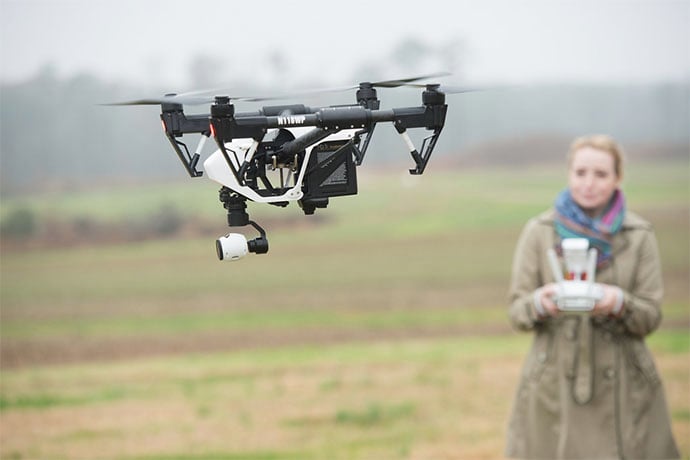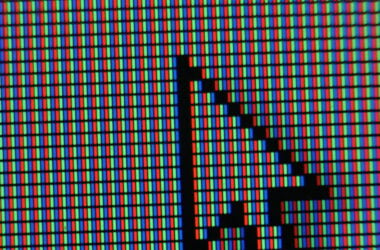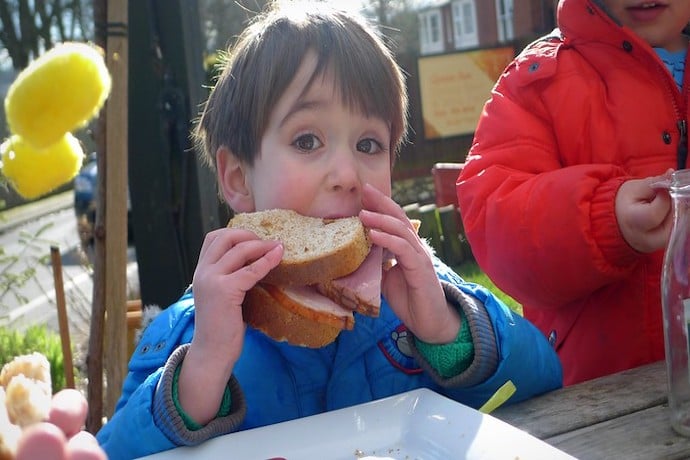Over the past few years affordable drones have made their way into the hands of teenagers and adults alike. Perhaps their presence reached a peak back in December, a few hours after the rush of gift giving and receiving. For those who are still considering joining the wave of drone flyers, here are a few interesting factors to consider.
The Cost Factor
There are plenty of drones available for under $100. This makes them a good value for those who have the time, patience, and support necessary learn to control the drone. However, at $40-$140, it also makes them a potentially high-priced, short-lived, hobby.
There are a couple ways to avoid this second scenario. Most low-end drones are controlled by four rotors that spin four propellers. The propellers are typically made from plastic and can be easily removed from their rotors. However, this means that when the quadcopter crashes (count on it crashing), propellers are easily lost or broken. It is a good idea to have a few spare propellers on hand for when this happens. There is nothing more disappointing than rendering a new drone useless because a propeller has been bent up or lost.
Spare batteries also enhance the fun of flying a drone. Even the high-end drones rarely fly for over of over 15 minutes before the battery needs to be recharged. For entry-level drones, expect around 8-10 minutes of flight time for 1-1.5 hours of charge. As such, purchasing 2-4 extra batteries allows for more continuous fun. In fact, beginning pilots might consider investing in a cheaper drone, and instead putting money toward a couple extra batteries and propellers as they learn the ropes of flying.
The Fun Factor
Even those who normally have little interest in high-tech toys are usually impressed by the buzz, liftoff, and motion of a drone. Something about flying, and the motion of a drone in particular, is mind-boggling and exciting. Controlling most drones is easy enough to make it a fun challenge for most teens and adults, yet complex enough to make it interesting and rewarding. Most drones feature beginner and advanced modes, and can perform tricks of increasing difficulty as new pilots improve their skills.
In addition to the magic of flying, most drones also include a the fun that comes with a camera. Once a pilot gains confidence controlling a drone, s/he can embark on the quest for unique and beautiful photos taken from an aerial view. Some drones are controlled by a free app installed on a smartphone or tablet, in which case the photos are stored on the phone. Other drones are controlled by a transmitter, and usually require the pilot to purchase a memory card that can be inserted into a slot on the drone itself. Different drones have different size slots, so be sure to get the correct size card. For a glimpse of what’s to come, GoPro enthusiasts can keep their eyes out for Karma, GoPro’s Drone that will be released later in 2016.
The Science Factor
Even the most simple drones are packed with interesting and challenging physics. Although it is not necessary, or even helpful, to understand the calculations that enable these machines to flip and fly, it is useful to understand the basic concepts that underlie them.
Drones rotate in three directions, pitch (tilt up/down), roll (tilt right/left), and yaw (rotate in a circle centered at the middle of their body). In high school mathematics and physics this is represented by rotation around the x, y, and z axes. When a pilot flies a drone, s/he controls its motion in all three of these directions. Usually, this is done by moving the throttles on a transmitter or dragging a finger across a smartphone app in a specific direction. Drones can flip or spin depending on how the pilot uses the controls. At the same time, the pilot chooses the height and direction of the drone, all of which take some practice to master. A new drone owner should probably practice hovering at a low height and flying around an enclosed, but spacious and soft-grounded, space for at least an hour to get the hang of controlling the drone’s basic movement.
After gaining control it is safe to venture out further and begin learning simple tricks. Small steps are a smart idea as loss of control can result in a drone stuck in a tree, a broken or lost propeller, a damaged body, or numerous other difficult-to-remedy problems.
Finally, there is the physics of propellers. Quadcopters use four rotors. Individually, each spinning rotor would cause the drone to spin in the opposite direction of the propeller attached to it (Newton’s 3rd law). To prevent the drone from spinning wildly, adjacent rotors spin in opposite directions, cancelling out this effect. When we do want the drone to spin or flip in a given direction, we use the throttle to adjust the speed of certain propellers. Fortunately for most of us, this is basically pre-programmed and the pilot moves the throttles as described in the instructions manual to produce the desired effect. We don’t have to think about what speed to set each propeller to in order to make it flip and spin, but it is good to understand that those changing speeds and directions is what produces these movements.
The Computer Science Factor
Currently, there are not many low-end, programmable, drones on the market. However Parrot sells a drone called the Rolling Spider (around $70) that can be controlled with javascript. Normally, the Rolling Spider is flown using an ipad app, however those who wish to get more technical can install Node.js on their computer and play around with the code provided on a github site created by some ambitious NodeBot members. Even those with very little programming experience will be able to set this up for free and play around with the built in functions. In a nutshell, all that is required is to install Node.js, install a text editor such as Sublime, and run the code from the command line.
The Risk Factor
As most drones advertise, drones are not toys. However, they look so fun and toy-like, that those labels are not always taken as seriously as perhaps they should be. Younger children can have a lot of fun with drones, but probably should not be left alone to play with them. The main reasons being the rapidly spinning propellers and the challenges of maintaining control of the drone.
Drones For All?
The increasing affordability and appeal of drones will likely secure their place in homes for years to come. But who is most likely to get the most out of owning a drone? Probably those who truly enjoy flying and/or photography, have the means to get through a few damaging crashes, and envision piloting drones as a long-term hobby. Educators looking for fun and motivating examples of physics and computer science in action can potentially use these fun devices to enhance a few lessons and inspire students for years to come as well. For the rest of us, entry-level drones likely mean a few afternoons of fun, hopefully at an ever decreasing price.
Learn More
Parrot Rolling Spider
http://www.amazon.com/Parrot-MiniDrone-Rolling-Spider-White/dp/B00KZM53NC
Codrone
https://www.kickstarter.com/projects/728836843/codrone-learn-to-code-with-programmable-drone
http://robolink.com/
Hubsan
Karma Drone (GoPro)
http://shop.gopro.com/drones/karma/2016.html
NodeJs
NodeBots
The Physics of Quadcopters
http://blacktieaerial.com/the-physics-of-quadcopter-flight/
JavaScript for Rolling Spider
https://github.com/voodootikigod/node-rolling-spider
The Math of Quadcopters
http://blacktieaerial.com/quadcopter-maths/
MIT Computer Science and Artificial Intelligence Laboratory
http://www.csail.mit.edu/drone_flies_through_forest_at_30_mph
Harvey Mudd Bees and Drones
http://hmcbee.blogspot.com/2015/06/falling-drones-bees-and-quadcopters.html
UC Berkeley Drone Lab
http://www.ischool.berkeley.edu/newsandevents/news/20130416dronelab










